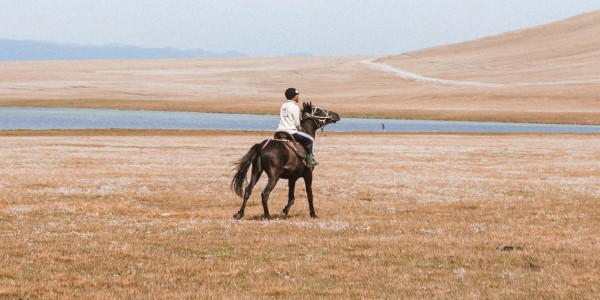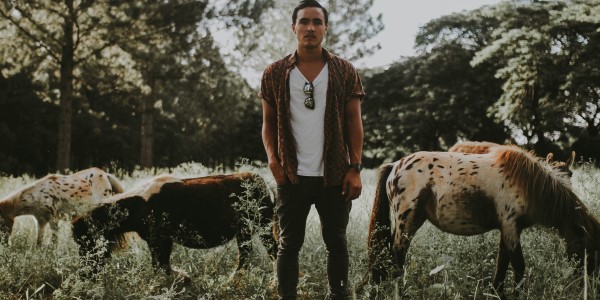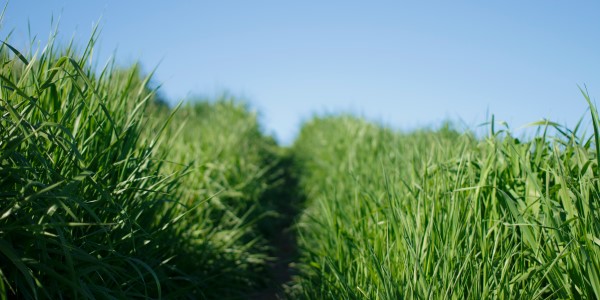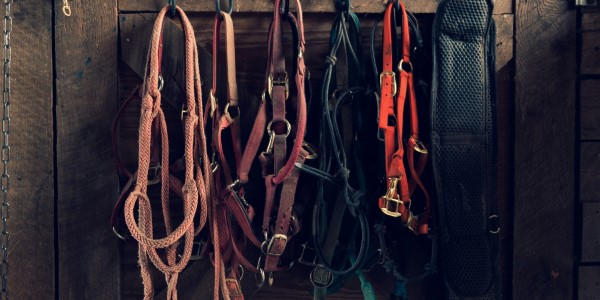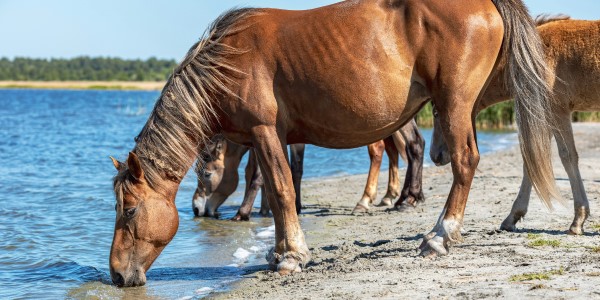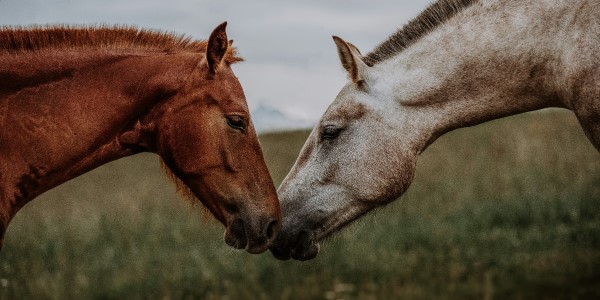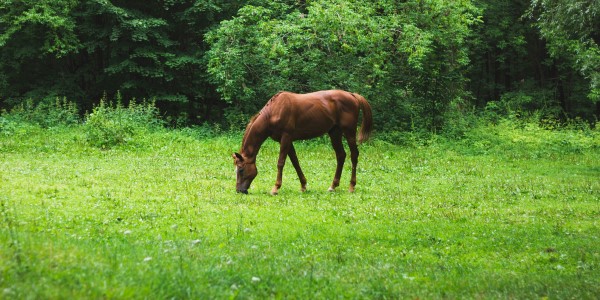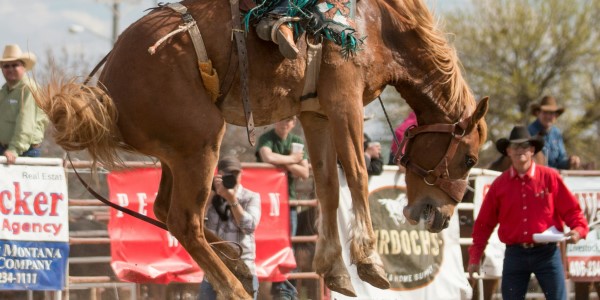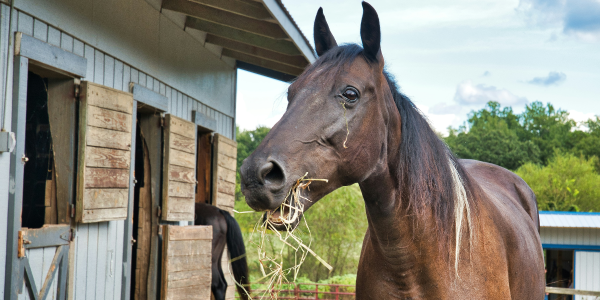Attention all Colorado horse owner. New year’s is a perfect opportunity to set meaningful goals that deepen your connection with your equine partner. Begin with practical objectives that focus on consistent communication and trust. For instance, dedicating 10-15 minutes a day to groundwork exercises can improve mutual respect and understanding. Practice leading, backing, and yielding to subtle cues, which are essential for safety and partnership on and off the trail. Colorado’s winter weather is unpredictable. Indoor arenas or cleared spaces provide great opportunities to maintain this consistency even when outdoor riding is limited. Also, if you are looking for a horse property for sale in Colorado, contact Colorado Horse Property today and speak with one of our horse-person realtors.
New Year’s Resolutions for Horse Owners
Set inspiring New Year’s Resolutions for Horse Owners that challenge both you and your horse to grow together. Colorado’s diverse equestrian community offers events like clinics, fun shows, and trail challenges that cater to all skill levels. Consider setting a goal to participate in one new activity. For example, a local horsemanship clinic or a trail ride through a stunning location like Great Sand Dunes National Park. These experiences broaden your horse’s confidence. Also they provide an enjoyable way for you to learn and connect with fellow horse enthusiasts.
Finally, prioritize time for unstructured bonding. Beyond training and riding, activities like grooming sessions, hand-grazing, or even quiet moments in the pasture can significantly strengthen your relationship. Use Colorado’s beautiful landscapes to your advantage—schedule relaxing walks along scenic trails or simply enjoy watching the sunrise together on a frosty morning. By setting goals that blend practicality with inspiration, you can make this year one of growth, trust, and unforgettable memories with your horse.
